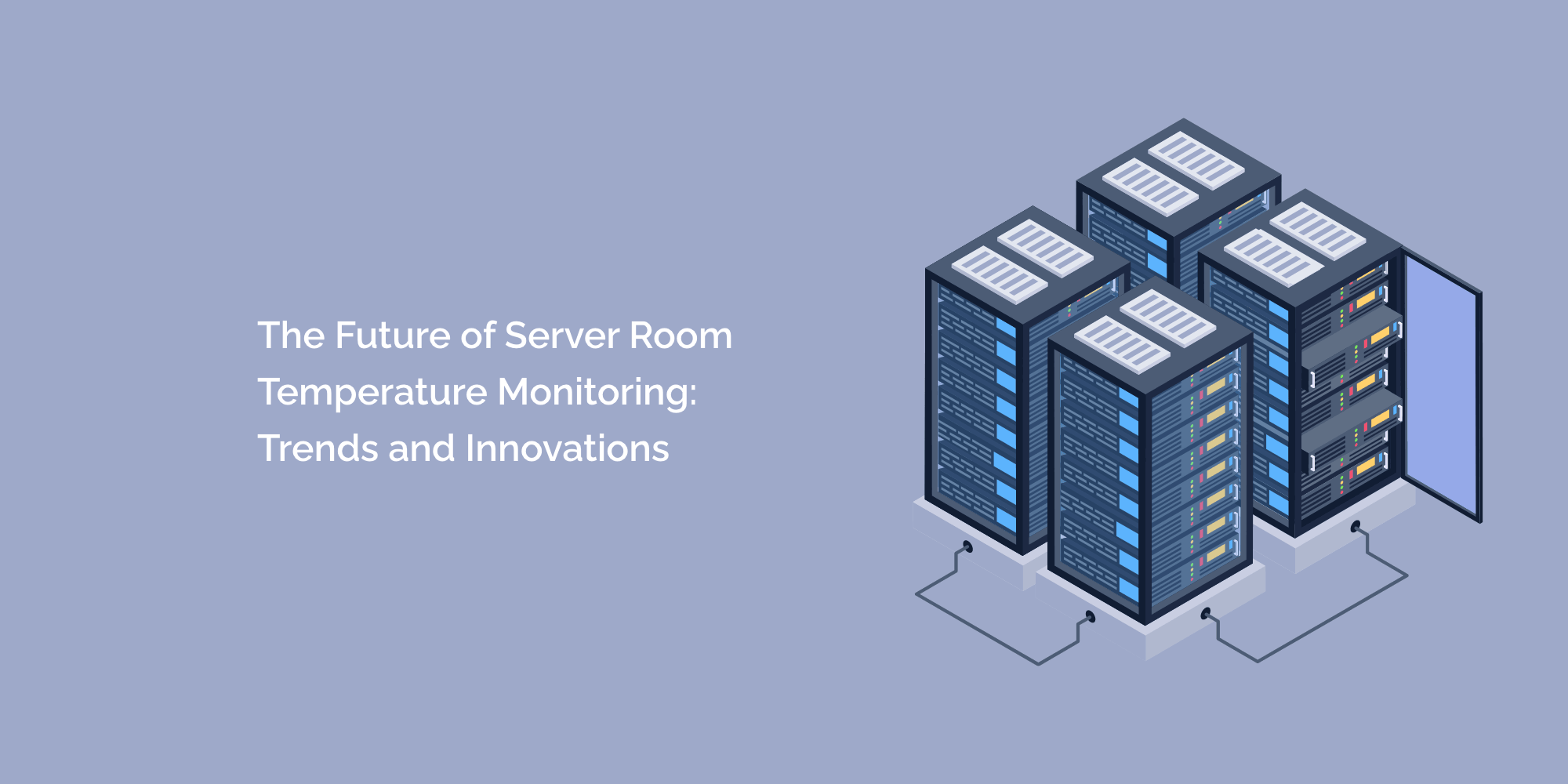Server room temperature monitoring is a critical aspect of ensuring the optimal performance and reliability of IT infrastructure. As technology advances and data center environments evolve, new trends and innovations are shaping the future of temperature monitoring.
In this blog, we will explore the emerging trends and innovative solutions that will transform server room temperature monitoring. From advanced sensors and real-time analytics to AI-driven automation, these developments promise increased efficiency, accuracy, and proactive management of server room temperatures.
Advanced Sensor Technologies
Internet of Things (IoT) Sensors
- IoT-enabled temperature sensors for real-time monitoring and data collection
- Wireless connectivity for seamless integration with monitoring systems
- Increased scalability and flexibility in sensor placement and coverage
Edge Computing Sensors
- Sensors integrated directly into servers and IT equipment
- Real-time temperature monitoring at the source of heat generation
- Enhanced accuracy and faster response to temperature changes
Distributed Sensor Networks
- Deployment of sensor networks across the entire data center infrastructure
- Granular temperature monitoring at various points for comprehensive insights
- Integration with AI and analytics platforms for intelligent data processing
Real-Time Analytics and AI-Driven Automation
Predictive Analytics for Temperature Management
- Advanced algorithms and machine learning models for predictive temperature analysis
- Early detection of potential temperature anomalies and proactive mitigation
- Optimal temperature recommendations based on historical data and patterns
AI-Enabled Fault Detection and Diagnostics
- AI-driven systems for automatic fault detection in temperature monitoring
- Identification of system malfunctions or abnormalities in real-time
- Quick diagnosis and remediation of temperature-related issues
Automated Temperature Control Systems
- AI-based automation for dynamic temperature adjustments
- Real-time monitoring and automatic adjustment of cooling systems
- Energy optimization and cost savings through intelligent temperature control
Enhanced Data Visualization and Reporting
Interactive Dashboards and Visualization Tools
- User-friendly interfaces for intuitive data visualization
- Real-time dashboards displaying temperature trends, alerts, and analytics
- Customizable views and interactive features for data exploration
Detailed Reporting and Compliance Tracking
- Comprehensive reports on temperature metrics, trends, and compliance adherence
- Automated report generation for regulatory and internal audit requirements
- Historical data analysis for insights and future planning
Integration with Data Center Infrastructure Management (DCIM)
- Integration of temperature monitoring with DCIM platforms for holistic data center management
- Centralized view of temperature data alongside power, space, and network metrics
- Streamlined decision-making and optimization based on correlated data sets
Environmental Sustainability Initiatives
Energy-Efficient Cooling Solutions
- Advancements in cooling technologies for reduced energy consumption
- Use of liquid cooling, smart airflow management, and free cooling techniques
- Alignment with green initiatives and carbon footprint reduction goals
Renewable Energy Integration
- Integration of renewable energy sources to power cooling systems
- Solar, wind, and other clean energy solutions for sustainable temperature control
- Cost savings and environmental benefits through renewable energy adoption
Environmental Impact Tracking and Reporting
- Monitoring and reporting on energy consumption and environmental impact
- Measuring PUE (Power Usage Effectiveness) and implementing improvements
- Transparency and accountability in sustainability efforts
Conclusion
The future of server room temperature monitoring is marked by transformative trends and innovative solutions. Advanced sensor technologies, such as IoT and edge computing sensors, offer real-time and distributed monitoring capabilities. Real-time analytics and AI-driven automation empower data centers to predict and mitigate temperature anomalies proactively.
Enhanced data visualization and reporting provide actionable insights for efficient temperature management. Environmental sustainability initiatives drive the adoption of energy-efficient cooling solutions and renewable energy integration. As these trends continue to evolve, organizations can leverage these innovations to enhance server room temperature monitoring, optimize performance, reduce energy consumption, and contribute to a sustainable and resilient data center ecosystem.
By embracing these advancements, businesses can ensure the reliability, efficiency, and environmental responsibility of their server room operations.








